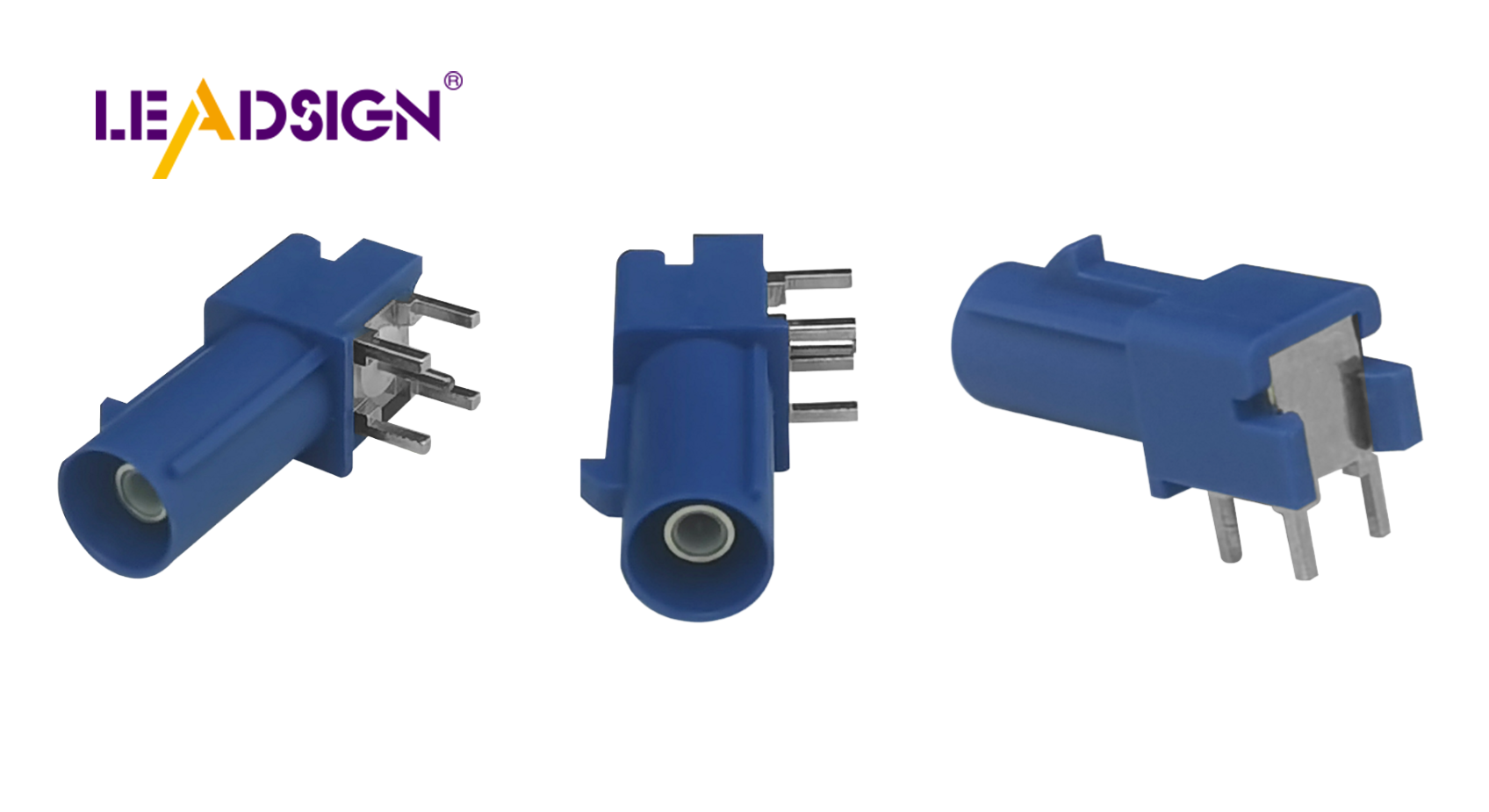Understanding Automotive Wiring Connector Types

Automotive electrical connectors are crucial in today's vehicles. They facilitate effective communication between electronic components. These connectors link circuits, allowing signals to pass seamlessly. Without reliable automotive electrical connectors, issues can arise, potentially leading to safety concerns such as steering or brake failures. Therefore, understanding the various automotive electrical connectors types is essential for ensuring vehicles remain safe and function properly.
Types of Automotive Electrical Connectors
Knowing about different automotive electrical connectors types is important. It helps keep car connections strong and safe. Each type has a special job and unique features for different car uses.
Blade Connectors
Features and Uses
Blade connectors are flat metal pieces that fit into slots. They make connecting wires easy and fast. These are used when wires need to be unplugged often. Their shape keeps them from coming loose by accident.
Common Vehicle Uses
In cars, blade connectors are in lights and fuse boxes. They connect parts where space is tight but access is needed. They're great for things like headlights and taillights.
Pin Connectors
Features and Uses
Pin connectors have pins that go into sockets. They can handle many connections at once, good for complex wiring. They're tough and stay connected even if the car shakes.
Common Vehicle Uses
Pin connectors are in engine systems and ECUs (Electronic Control Units). They keep important systems connected well, even in rough places like under the hood.
Butt Connectors
Features and Uses
Butt connectors join two wires end-to-end straightly. They're used to extend or join wires together. Wires go into each end, then crimped to hold tight against stress.
Common Vehicle Uses
In cars, butt connectors fix or add wiring. They're useful when making a wire longer or adding new parts to old ones. Easy design makes them popular for DIY fixes or pro jobs.
Knowing these automotive electrical connectors types helps pick the right one for safety in car systems. Each type has its own benefits for different car needs.
Features and Specifications
Material Considerations
Conductivity and Durability
Car connectors need to be strong and conduct electricity well. Copper alloys like Cu-Cr are used because they work great. They help send electric signals easily, keeping car systems working right. The material choice affects how long the connector lasts.
Resistance to Environmental Factors
Connectors in cars face heat, water, and dirt. Makers use materials that don't rust or break down. Sealed connectors stop dirt from getting in, protecting the system. This keeps them working even in tough places.
Size and Compatibility
Standard Sizes
Car connectors have standard sizes for different uses. These sizes fit many parts in a car. It makes making and fixing them easier. Sticking to these sizes helps avoid wrong fits.
Compatibility with Different Wire Gauges
Connectors must fit wires of different thicknesses well. This flexibility is key for connecting various wires in cars. By fitting all wire sizes, they stay stable and work right.
Applications in Car Systems
Car connectors are important for many car parts. They help send electric signals, keeping the car working and safe. Knowing where to use them helps pick the right ones.
Engine Wiring
Important Links
In engines, connectors join key parts like sensors and controls. They must handle heat and shaking. Good connectors keep the engine running well.
Common Connectors Used
Engines often use pin and sealed connectors. Pin connectors link many wires, great for complex systems. Sealed ones stop water and dust, staying strong.
Lighting Systems
Need for Strong Links
Car lights need good connections to work right. Headlights and taillights need steady power or they may fail, which is unsafe.
Common Connectors Used
Blade connectors are common in lights. They're easy to unplug and plug back in, perfect for places needing fixes often.
Infotainment Systems
Fast Data Needs
Infotainment needs quick data flow for sound and video. Connectors must be fast to keep things working well.
Common Connectors Used
FAKRA connectors are used here. They handle fast data for radio and GPS, built tough for cars. FAKRA connectors are used
By knowing how car connectors work, you can choose the best ones for each part of the car.
Picking the right car wiring connector is very important. It keeps cars safe and working well. Choosing strong connectors for each job stops problems. Think about where they will be used, like wet or shaky places. This can change how well they work. Good quality and rules help you pick safe ones that last long. Checking them often makes them last longer and saves money on big fixes. By focusing on these things, you feel sure your car's electric parts are good.
See Also
Exploring HSD Connectors in the Auto Sector
Significance of Fakra Connectors in Contemporary Cars
Navigating Ford's Fakra Connector System

